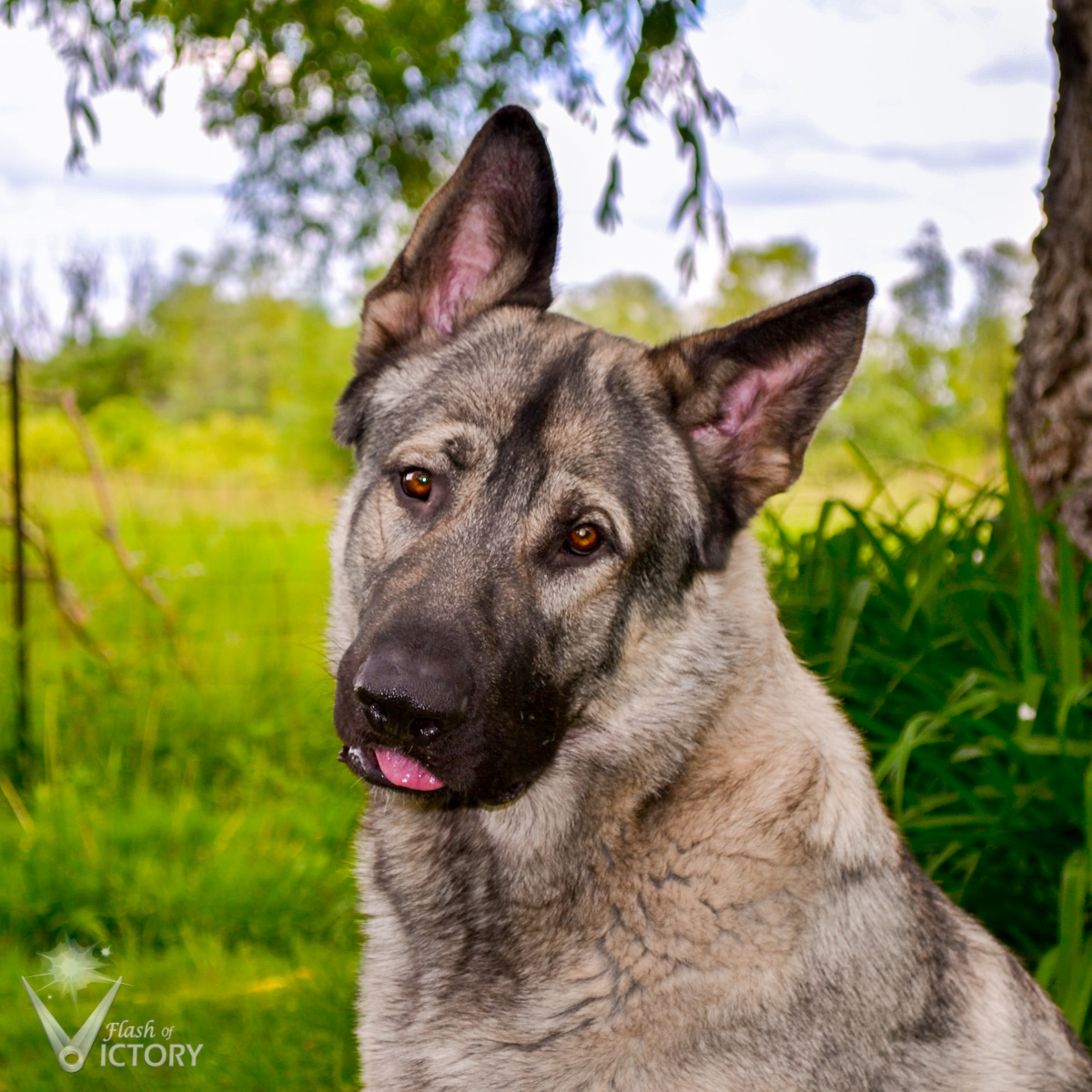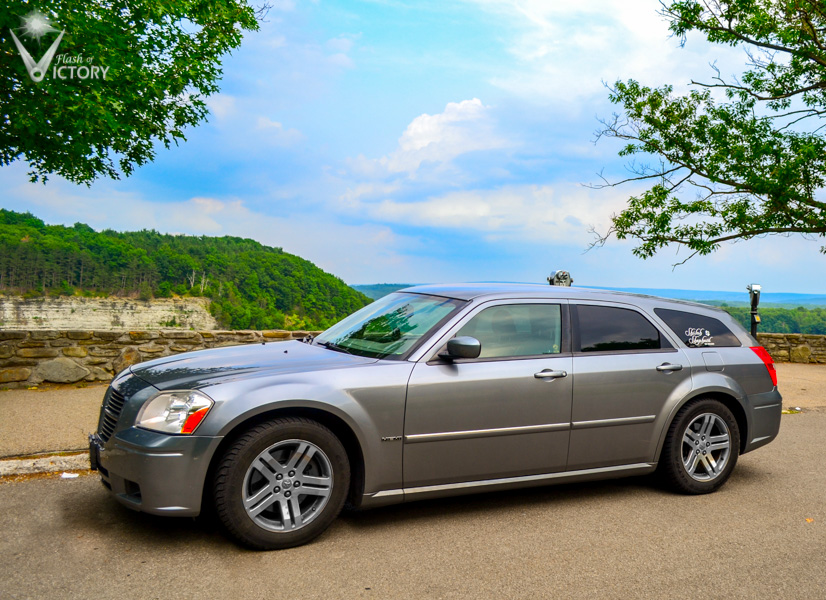Frequently Asked Questions (FAQs)
- What is a Puppy Evaluation, Litter Evaluation or LER?
- What is a Shiloh puppy “Temperament”?
- What is better Plush or Smooth coat Shilohs?
- How much do they shed?
- What is better Male or Female?
- How big will my puppy get?
- How much exercise do Shiloh’s need?
- What and how much do they eat?
- How much do Shiloh puppies cost?
- Why are you called "Victory" Shilohs?

What is a Puppy Evaluation, Litter Evaluation or LER?
A Litter Evaluation Report (or LER) is the formal name, but the other terms are used interchangeably. They all refer to the series of tests a litter of puppies will undergo when they reach 8 weeks old. The testing is performed by a Certified LER Tester with an assistant - the assistant does not need to be formally trained but must be familiar with working with dogs and puppies. The purpose of the test is to evaluate each puppy’s personality and temperament followed by their structure and conformation to see how they measure up to our breed expectations. The test results are then used by the breeder to determine the appropriate home for each puppy.
The temperament portion of the test involves taking the puppies to a location they’ve never been to before and then taken individually by the LER Assistant (who should also be a stranger) and run through a series of activities while the Tester watches closely and observes and notes the behaviour of the puppy. It is important that the Assistant and the location is new and the puppy is tested away from its littermates because you will see a more clear picture of the puppy’s reactions. For example a less confident puppy might appear to be very confident while they are with their littermates for support, but once separated signs of a more timid puppy appear, on the opposite side of the spectrum you might see a more independent puppy who is off to explore the new location.
Through the personality tests the LER Tester will identify the puppy’s sociability level, their confidence, forgiveness, submissiveness, pain tolerance, ball drive, tug drive, reactivity, noise sensitivity and finally their intelligence. Each stage is evaluated individually but also the puppy’s behaviour throughout the entire process is examined as a whole to give a complete picture of what the puppy’s base personality is like.
It is important to note that the puppy’s personality at this stage is still very moldable. New owners have the chance to either build certain traits up in the puppy, or suppress them. For example, a puppy with moderate ball drive could be encouraged and more ball drive could be built up, similarly a puppy that shows ball drive could be discouraged from it. Another example is a puppy that is less submissive could be made more submissive with the right training or could end up being more dominant without proper leadership.
The next stage of the LER process is to investigate the puppy’s structure from the tip of their nose, to the tip of their tail. Every part of the puppy is examined and compared to the breed standard and written down. This part of the evaluation is used to determine which puppies might meet the requirements for Breed Quality and join our breeding program.
To read more about our puppy selection process and the descriptions for the puppy categories, visit our Policies and Pricing page.
What is a Shiloh puppy Temperament?
The word temperament is used to describe the puppy’s disposition. It is a quick summary to give an idea of how bidable the dog may be. There are three main designations - Soft, Medium, Hard - with a number of in between levels (medium-soft, medium-hard, upper side of soft, etc). Typically Shiloh breeders are aiming to produce more puppies in the medium range, but a variety of temperaments is common even in the same litter.
| Soft temperament: | A soft puppy is typically very submissive with a low tolerance for pain. They don’t have much drive and are usually very people focused. |
| Medium temperament: | A medium puppy will be moderately submissive, but they will give some fight and might challenge a soft leader. Their pain tolerance can be a range, but it’s common for them to be in the middle. Medium puppies will usually have more drive and will enjoy playing with a ball or tug. |
| Hard temperament: | We very rarely see a true hard temperament in the Shilohs anymore, at most it’s more of a Medium-Hard. A hard puppy will not submit, will have a high pain tolerance and tons of play drive and likely be very independent with less desire to please. |
What is better Plush or Smooth coat Shilohs?
Honestly it mostly comes down to your lifestyle, climate and your personal preferences.
Plush coats are often what people picture when they think of the Shiloh Shepherd, but the Smooth coats are an important part of the Shiloh history and bring their own stunning looks that we adore. Both coats are very soft and are wonderful to pet. Despite what some might think, the the smooth coats are not coarse or stiff, the hairs are smooth and soft to the touch.
After having owned both Plush and Smooth coats, here are a few notes that might help sway your decision.
In climates where there is a significant change in the seasons, both coats will blow their undercoat twice a year. Once in spring as they prepare their summer coat and then a second time in the fall as they prepare their winter coat. The only real difference is the plush coat will have longer undercoat hairs than the smooth coat. Also both coats would benefit from at least an annual bath, but the Smooth coat will dry out a lot faster than the Plush.
| Plush | |
| Grooming and Maintenance |
|
| Weather |
|
| Smooth | |
| Grooming and Maintenance |
|
| Weather |
|
How much do they shed?
Shiloh Shepherds are not a hypoallergenic breed and so they shed similarly to any other giant sized dog. Most feel as though the smooth coat Shilohs will shed more throughout the year as compared to the plush coat, but the plush coat requires more grooming to get the hair out and prevent tangles or mats.
Both coat varieties will “blow their coat” twice a year when the weather changes to Spring and then again when it changes to Fall. When a dog ‘blows their coat’ they are shedding all of their undercoat within a few weeks time.. Some Shilohs will dump their undercoat all at once so it starts to come out in tufts, other Shilohs will do it a little at a time so there are more wispy bits of fur. In both cases, it requires a lot of brushing and results in a lot of extra fur for you to dispose or find a creative use for.
What is better Male or Female?
This is very much a personal preference. The obvious difference between males and females are the size. Typically males will be larger, wider and heavier. Of course there are always exceptions to the rules, they are males that are on the smaller side and there are some huge females that are regularly mistaken for males. (Hemi’s mother is one such example.)
Another generalization between the gender is females tend to be more pack oriented whereas as the males tend to be more independent. It’s more common for females to really look to their family for guidance and they typically have more desire to please their family. The males are more apt to want to do what they want first and then do what you want them to do. This of course is a generalization and there will always be exceptions, but this is something we typically identify at the Litter evaluation.
The only time gender really matters is with regards to breeding, otherwise talk to us about the personality you are looking for and we’ll do our best to line you up with the puppy who will be just that.
How big will my puppy get?
While we may not be able to accurately predict the adult size of your puppy, we can usually give a rough estimate.
The standard size for mature male Shiloh Shepherds is between 28” and 32” at the shoulder and weighing between 115 and 140 lbs. Mature females range between 26” and 29” at the shoulder and weigh between 75lbs and 100 lbs.
How much exercise do Shiloh’s need?
The amount of exercise required is different for every Shiloh and their individual personality. Some Shilohs are content with a leisurely 20 minute walk every day others need 30 minutes of running multiple times a day. Also, Shilohs are built for effortless movement and they can be conditioned to go as long as you want them to. We have some Shiloh’s that run half marathons with their owners.
Beyond physical exercise it is really important to exercise your Shiloh’s brain in order for them to feel completely satisfied. If you just tire their body, their mind is likely still active and they are more likely to look for their own outlet for that excess energy. Try to find challenges to offer your Shiloh to tire out their mind. This could be as simple as starting with puzzle games or doing some trick training. Check out your local Canine Club to see what dog activities they may have or sign up for a training class. There are tons of ideas on the internet, but feel free to contact us we’ll be happy to share some of the games we play.
What and how much do they eat?
We feed our dogs a high quality, grain free kibble twice a day. Depending on their age and their size they eat between 1.75 cups to 2.5 cups per meal. Our choice has been to feed kibble for travel convenience and price, but we know many owners who have chosen to feed their Shiloh raw food.
It is important to research your food choices to ensure they are not only made with quality ingredients but they are also appropriate for the age of the dog. Growing puppies have different food requirements than adults, it is critical to select a food with calcium and phosphorus levels between 1% and 1.5%. Anything higher can encourage the puppy’s body to grow too quickly.
No matter what you feed your Shiloh it is imperative that you keep them at a healthy weight. Allowing your dog to get overweight or obese is putting them at risk for joint issues and other health challenges. More and more studies have shown that conditions like hip dysplasia are caused not only by genetic predisposition, but also environmental factors such as overfeeding.
How much do Shiloh puppies cost?
The pricing structure for the Shiloh Shepherds has been standardized in US Dollars for our Shiloh Registry which means all of the breeders will charge the same rate converted to their currency. Pet puppies are sold at $1550 US and breeding puppies are sold at $2250. Visit our Policies and Pricing pages for more detail about the different prices and the definition Pet vs Breed quality puppy.
It is important to remember that the preliminary purchase price of the puppy is only the start of the cost to owning a dog.
Here’s a quick list of expenses you will have to in the first two years of life with your new dog:
(We haven’t included any prices because they will vary so much by country and region. We recommend you contact your local sources to find out how much you should expect to pay)
- Dog food (expect to go through a bag of food roughly every month for a single dog)
- Bowls, toys, treats, and other replenishable items
- Crate that will grow with the puppy
- Second round of shots (first round is taken care of by us) at 11 wks old
- Third round of shots at 15 weeks
- Rabies shot at 16-18 weeks
- Pet insurance for the life of the dog
- Puppy training classes
- Holter testing (free if you use our holter before they are 9 months old)
- Second rabies shot and annual booster shots at 1 year old
- Hip/elbow x-rays (to be done between 1 and 2 years old)
- Spay/Neuter if the dog is sold on a pet contract (not to be done before 18 months old)
Why are you called "Victory" Shilohs?
Before dogs our hobby and our passion was our car...a Dodge Magnum RT with a V8 5.7 litre Hemi engine. We were involved with the local car club and we had started on a long list of custom modifications we planned to make on our car - custom exhaust, lowering springs...dreams of a shaker hood and engine reminiscent of the hot rods of days gone by. Then we bought our first house and decided we should add a dog. After tons of research we settled on the Shiloh Shepherd.
When we brought our first pup home we thought long and hard for a unique name. The Shiloh community can be a quite tight knit group with people mostly known by their dog names. We didn't want our boy to be one of six Spots or Rovers...so every name we came up with we would check the community forums to see if there was an active Shiloh with the same name. We went through so many different names and were starting to question our goal! One night over dinner we decided why not stick with what we already know! We started thinking about engines and finally it hit us....PISTON!
The rest if our theme has flowed naturally from Piston's name...fast cars, big engines and a desire to be the best. Piston is our foundation and the reason we joined the breeder program so it is only natural that he be represented in our logo as well.


